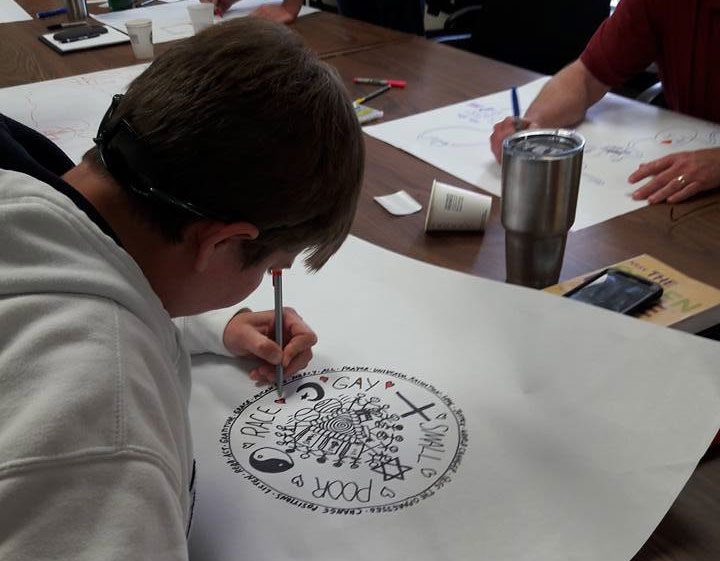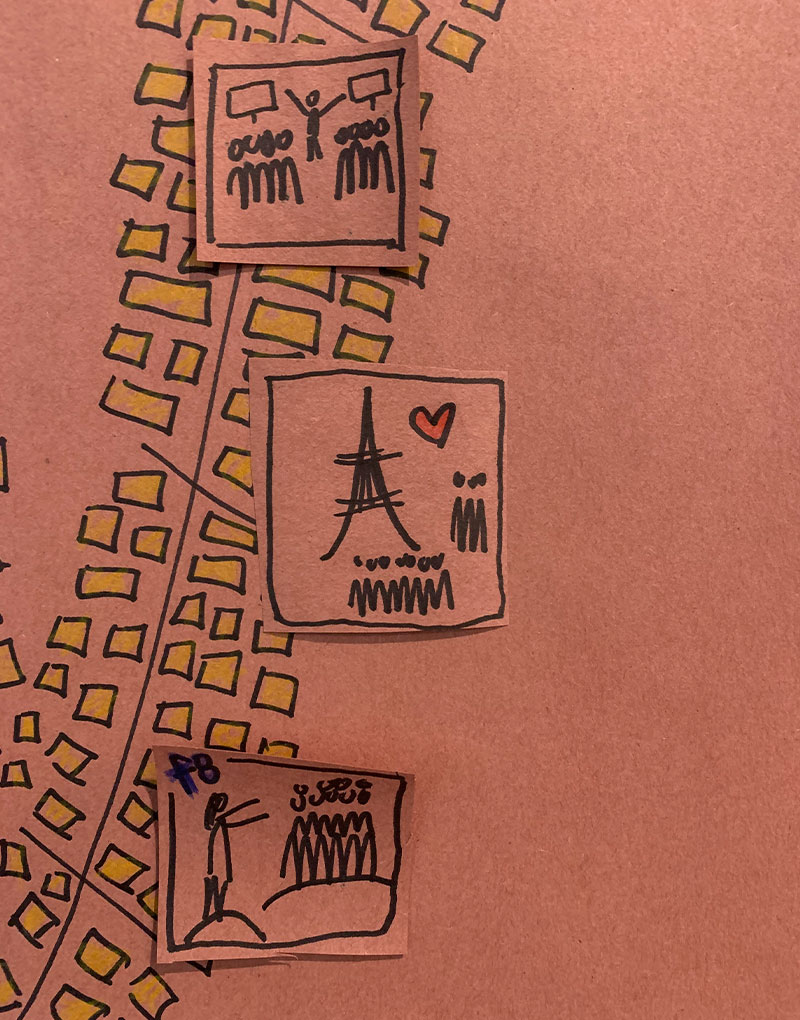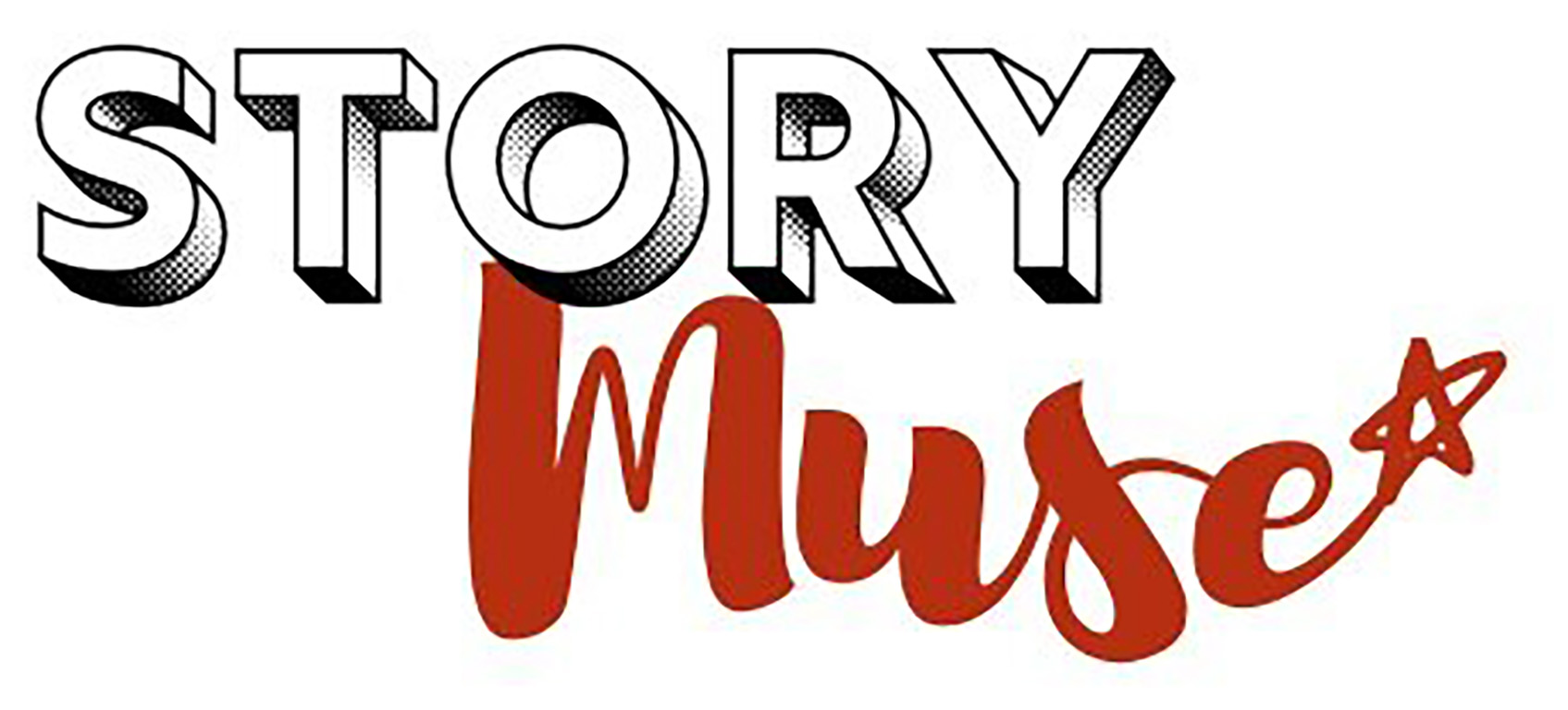Life Maps
Rediscover the Journey of Your Life
Pilgrim’s Progress. Robert Frost’s Stopping by Woods on a Snowy Evening. The childhood board game, Life. There are countless examples of journey metaphors where an entire human life is encompassed in one epic road trip.
When I started my story coaching practice, there were a few tools from my prior life as a nonprofit administrator and community organizer that I ported over without having to think much about it. One was a facilitation and group-building technique called “life maps.” I first learned about it in my early twenties when I worked for the YMCA at Virginia Tech. It was a cornerstone activity for our fall retreat with college students we recruited and trained to lead their own volunteer programs in the community.
Now, having led hundreds of life maps modules with literally thousands of people, I’ve come to deeply appreciate this exercise for its simple elegance, beautiful mess, and ultimate vulnerability.
In most cases, I ask that my hosts budget to include the nice big easel paper because it invites big thinking, scribbles, and the epic narrative we strive for. If time/space/money do not allow, then I’ve had many variables, including butcher paper, legal paper, post-it notes, or drawing in your own notebook. I’ve also had to let go of all my environmentalist qualms with the paper that gets wasted (er, make that utilized) in this activity because I’ve come to see how much more effective those giant sheets are for helping a person play and feel creative. I’ve joked with many a fellow do-gooder that the world is slowly changing for the better, fueled by easel paper, coffee, circles of chairs, and good chocolate.
As I begin to explain life maps, there’s often this moment of deer-in-headlights panic when grown-ups realize what’s about to happen. You want me to draw?!?! So that’s when I talk about how we’re all born artists, ask them to embrace that five-year-old part of themselves that loved opening a fresh pack of crayons. Then I get everyone to recite a little mantra…

It makes me sad.
I’m afraid I’m gonna be judged.
Here are the rules:
- Draw the journey of your life as if it were a map.
- A map has roads, directions, and places.
- It might begin on the day you were born. It might begin with your ancestors.
- It might end today. It might have space for the future.
- Use symbols, images, and pictures to depict stories from your life, i.e. stops along the way in your journey.
- Try as hard as you can not to put words on your images. Because a lot of my curriculum has to do with why not to write your story out word-for-word, this practice helps people keep their stories in that fluid, oral side of their brain.
- There should be at least five pictures on your map by the time you’re done.
- I will put on fun music while you draw.
- There will be snacks!
- There will be an invitation, but not an obligation, to share one story from your map at the end of this time. (Dear God, please do not share your whole map with us. It’s so painful.)

Often, these maps are informed by, tailored to, the nature of the workshop. For instance, with a group of realtors, stories might be about coming into understanding and appreciation of space. With an arts organization board, it might be times they witnessed the importance of art in civic life.
From there, much like David Sedaris says in The Santaland Diaries, there’s this moment where I find that people are really pretty much the same, even in their quirky uniqueness. Whether it’s a suited businessman who takes off his jacket, rolls up his shirtsleeves, and sits down on the floor with his big sheet of paper and markers, or the quiet, young girl in a detention facility who hides over in the corner, I see so much similarity as people start to unpack, unwind, and hopefully become that uninhibited, imaginative kid again.
Here are a few things that happen almost every single time:
- Someone refuses to participate altogether. Sometimes they don’t realize they’re refusing. They just sit there, staring at the blank piece of paper or go to the bathroom or take a call for a really long time.
- Someone insists that they literally have no stories or cannot remember anything from their life.
- Someone insists on making a sketch or template of his/her map on a smaller piece of paper and then often runs out of time to transfer it to the larger one.
- Someone spends a lot of time on their phone Googling specific images to try to help themselves figure out how to draw a campfire or their home country or a dollar bill.
- Someone gets up at the end and tells a story that they admit they haven’t thought of in years, that the life map helped jog from their memory.
- Or someone blows us away with an amazing and unexpected new metaphor… My life is like a deck of cards. I was dealt 24 Jokers and 1 Queen… My map is like Pandora’s Box…

It’s About Building Empathy for Ourselves and Others
The barista who gave you regular instead of decaf…
The guy who was so mean to you in a Facebook post…
I wonder how the world might work differently if we had the capacity to glimpse each other’s life maps.
It’s just not that easy. The thing I’ve come to realize is that this process simply takes a little time. Some good music and some snacks. And the willingness to be a little vulnerable. One stick figure drawing at a time.














